Related Research Articles
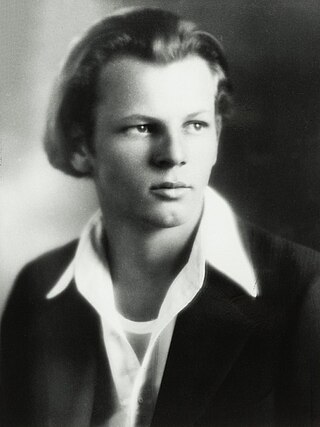
Paul Jackson Pollock was an American painter. A major figure in the abstract expressionist movement, Pollock was widely noticed for his "drip technique" of pouring or splashing liquid household paint onto a horizontal surface, enabling him to view and paint his canvases from all angles. It was called all-over painting and action painting, since he covered the entire canvas and used the force of his whole body to paint, often in a frenetic dancing style. This extreme form of abstraction divided the critics: some praised the immediacy of the creation, while others derided the random effects. In 2016, Pollock's painting titled Number 17A was reported to have fetched US$200 million in a private purchase.
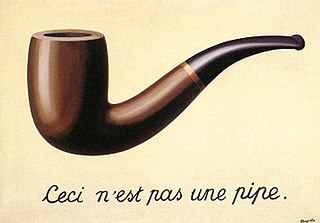
Surrealism is a cultural movement that developed in Europe in the aftermath of World War I in which artists depicted unnerving, illogical scenes and developed techniques to allow the unconscious mind to express itself. Its aim was, according to leader André Breton, to "resolve the previously contradictory conditions of dream and reality into an absolute reality, a super-reality", or surreality. It produced works of painting, writing, theatre, filmmaking, photography, and other media.

Salvador Domingo Felipe Jacinto Dalí i Domènech, Marquess of Dalí of Púbol, known as Salvador Dalí, was a Spanish surrealist artist renowned for his technical skill, precise draftsmanship, and the striking and bizarre images in his work.

Max Ernst was a German painter, sculptor, printmaker, graphic artist, and poet. A prolific artist, Ernst was a primary pioneer of the Dada movement and Surrealism in Europe. He had no formal artistic training, but his experimental attitude toward the making of art resulted in his invention of frottage—a technique that uses pencil rubbings of textured objects and relief surfaces to create images—and grattage, an analogous technique in which paint is scraped across canvas to reveal the imprints of the objects placed beneath. Ernst is noted for his unconventional drawing methods as well as for creating novels and pamphlets using the method of collages. He served as a soldier for four years during World War I, and this experience left him shocked, traumatised and critical of the modern world. During World War II he was designated an "undesirable foreigner" while living in France.
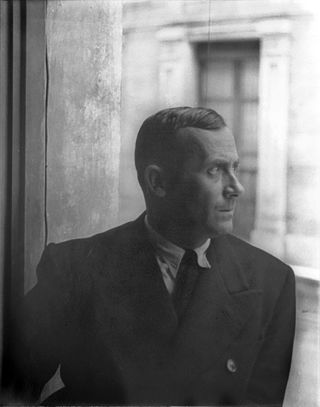
Joan Miró i Ferrà was a Catalan painter, sculptor and ceramicist born in Barcelona. Professionally, he was simply known as Joan Miró. A museum dedicated to his work, the Fundació Joan Miró, was established in his native city of Barcelona in 1975, and another, the Fundació Pilar i Joan Miró, was established in his adoptive city of Palma in 1981.
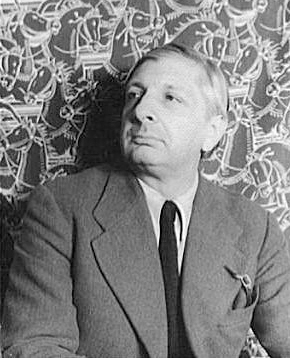
Giuseppe Maria Alberto Giorgio de Chirico was an Italian artist and writer born in Greece. In the years before World War I, he founded the scuola metafisica art movement, which profoundly influenced the surrealists. His best-known works often feature Roman arcades, long shadows, mannequins, trains, and illogical perspective. His imagery reflects his affinity for the philosophy of Arthur Schopenhauer and of Friedrich Nietzsche, and for the mythology of his birthplace.

Jan Švankmajer is a Czech filmmaker and artist whose work spans several media. He is a self-labeled surrealist known for his stop-motion animations and features, which have greatly influenced other artists such as Terry Gilliam, the Brothers Quay, and many others.

Villa Tugendhat is an architecturally significant building in Brno, Czech Republic. It is one of the pioneering prototypes of modern architecture in Europe, and was designed by the German architects Ludwig Mies van der Rohe and Lilly Reich. It was built between 1928 and 1930 for Fritz Tugendhat and his wife Greta, of the wealthy and influential Jewish Czech Tugendhat family. Of reinforced concrete, the villa soon became an icon of modernism. Famous for its revolutionary use of space and industrial building materials, the building was added to the UNESCO World Heritage List in 2001.
Gordon Onslow Ford was one of the last surviving members of the 1930s Paris surrealist group surrounding André Breton.
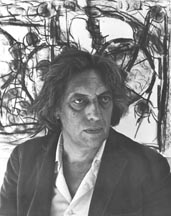
Jean-Paul Riopelle, was a Canadian painter and sculptor from Quebec. He had one of the longest and most important international careers of the sixteen signatories of the Refus Global, the 1948 manifesto that announced the Quebecois artistic community's refusal of clericalism and provincialism. He is best known for his abstract painting style, in particular his "mosaic" works of the 1950s when he famously abandoned the paintbrush, using only a palette knife to apply paint to canvas, giving his works a distinctive sculptural quality. He became the first Canadian painter since James Wilson Morrice to attain widespread international recognition.

Pedro Friedeberg is a Mexican artist and designer known for his surrealist work filled with lines colors and ancient and religious symbols. His best known piece is the “Hand-Chair” a sculpture/chair designed for people to sit on the palm, using the fingers as back and arm rests. Friedeberg began studying as an architect but did not complete his studies as he began to draw designs against the conventional forms of the 1950s and even completely implausible ones such as houses with artichoke roofs. However, his work caught the attention of artist Mathias Goeritz who encouraged him to continue as an artist. Friedeberg became part of a group of surrealist artists in Mexico which included Leonora Carrington and Alice Rahon, who were irreverent, rejecting the social and political art which was dominant at the time. Friedeberg has had a lifelong reputation for being eccentric, and states that art is dead because nothing new is being produced.

Jiří Kolář was a Czech poet, writer, painter and translator. His work included both literary and visual art.

William N. Copley also known as CPLY, was an American painter, writer, gallerist, collector, patron, publisher and art entrepreneur. His works as an artist have been classified as late Surrealist and precursory to Pop Art.
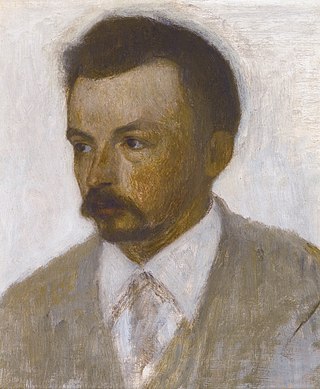
Vilhelm Hammershøi, often anglicised as Vilhelm Hammershoi, was a Danish painter. He is known for his poetic, subdued portraits and interiors.
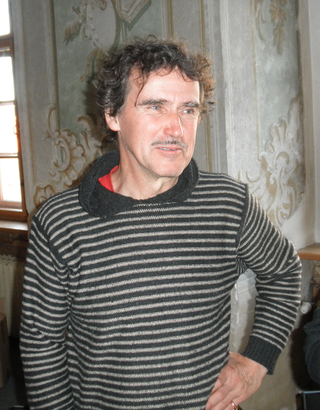
František Skála is a Czech sculptor, painter, children's book illustrator, musician, and dancer. He was part of one of the earliest post-modern Czech art groups, known as Tvrdohlaví formed in 1987.

Mikuláš Medek as a painter unites the artistic tradition of over three generations and thanks to the originality of his expression, depth and spirituality of his extraordinary work, he occupies one of the most prominent places in the Czech art history of the post-war period. Medek's entire work must be perceived in the context of the times, as it directly reflects the oppressive atmosphere of the communist regime in Czechoslovakia. He worked freely only for a short period between 1963 and 1969 and had only two exhibitions in Prague during his lifetime. He was the grandson of the impressionist Antonín Slavíček, the son of the general and writer Rudolf Medek and the brother of Ivan Medek. Medek's studio was one of the meeting centres for artists and art historians during the communist rule in Czechoslovakia.

The Slav Epic is a cycle of 20 large canvases painted by Czech Art Nouveau painter Alphonse Mucha between 1910 and 1928. The cycle depicts the mythology and history of Czechs and other Slavic peoples. In 1928, after finishing his monumental work, Mucha bestowed the cycle upon the city of Prague on the condition that the city build a special pavilion for it.
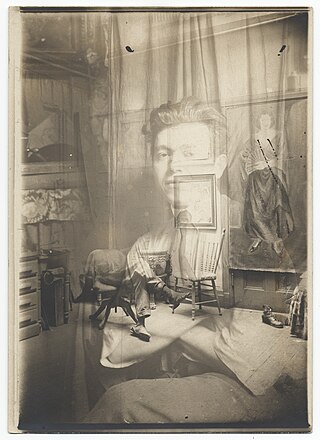
Jan Matulka was a Czech-American modern artist originally from Bohemia. Matulka's style ranged from Abstract expressionism to landscapes, sometimes in the same day. He has directly influenced artists like Dorothy Dehner, Francis Criss, Burgoyne Diller, I. Rice Pereira, and David Smith.
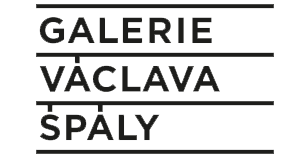
The Václav Špála Gallery is a Prague gallery of mostly contemporary art. It is located at no. 59/30 Národní třída, in the New Town of Prague. The gallery holds exhibitions particularly of works by living Czech professional artists of the middle generation who are among the best painters, photographers, and sculptors on the art scene today. The exhibitions regularly alternate between works of painting, photography, and sculpture.
Grace Winifred Pailthorpe was a British surrealist painter, surgeon, and psychology researcher.
References
- Interview at Review Magazine
- Biography at Sacred Catalog
- The Purple Pterodactyls , a book for which Vaclav Vaca illustrated the cover